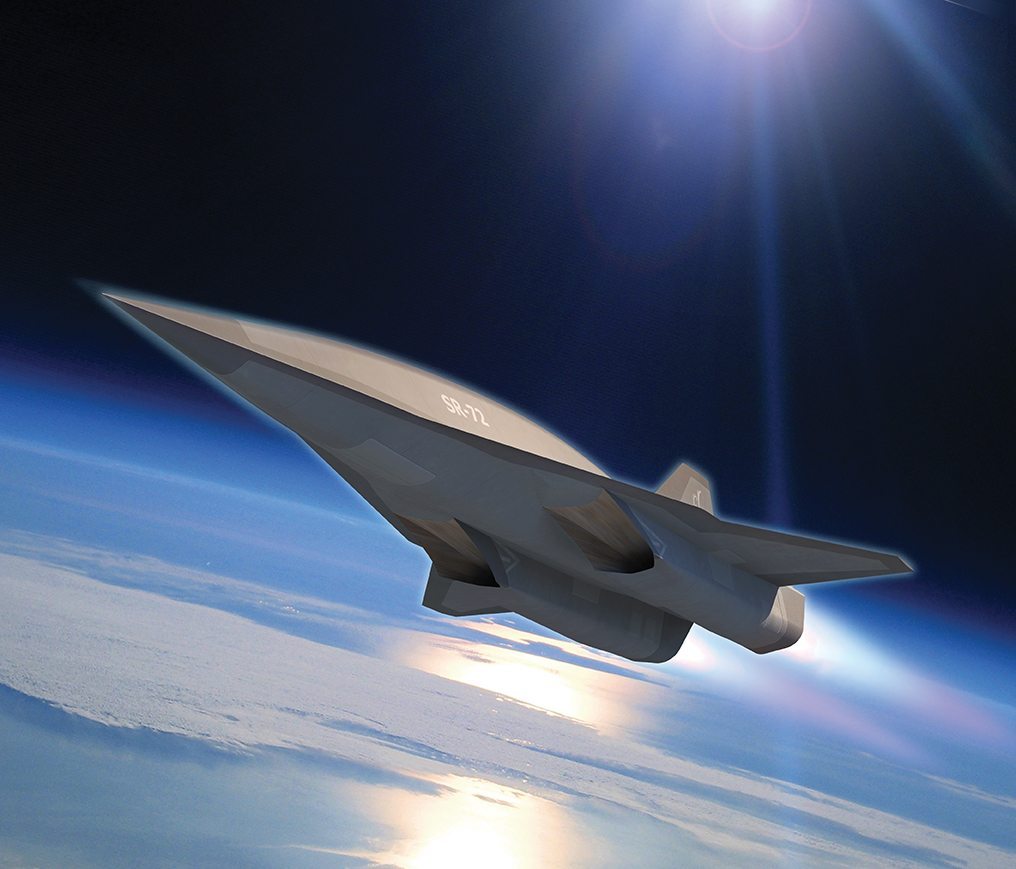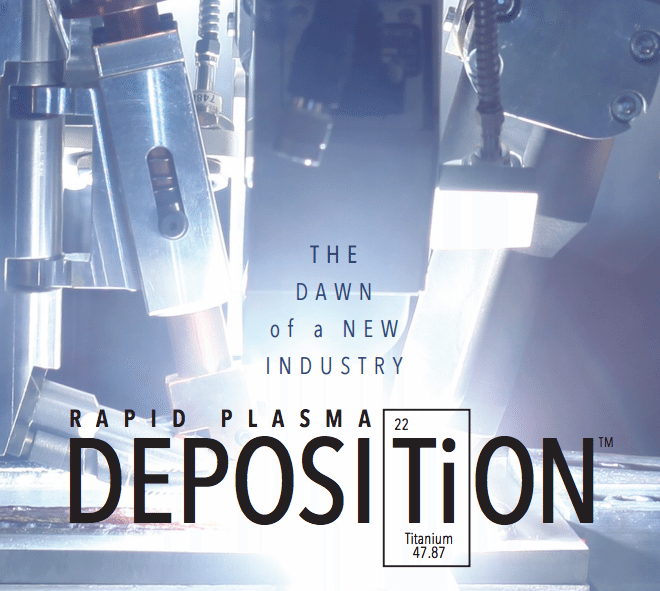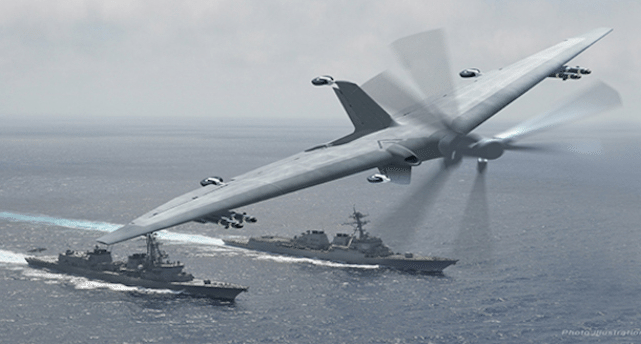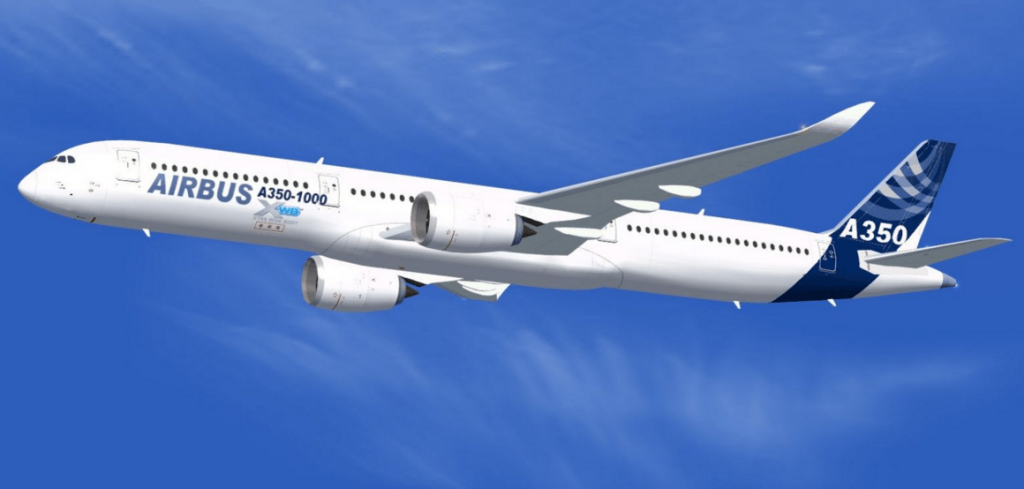The Farnborough airshow begins next week and will feature a number of announcements from the 3D printing industry. The show only takes place once every 2 years and will see a flurry of news and displays of the latest aviation technology. These include Boeing’s 737 MAX airliner with its 3D printed LEAP engines and also demonstrations by the first Lockheed Martin F-35 Lighting II, or Joint Strike Fighter, stealth jets to arrive in the UK.
Additive manufacturing company Norsk Titanium (NTi) hopes their announcements will make an equally large splash. During 2016 a number of press releases by the company have piqued the interest of insiders in the 3D printing industry and also in the aerospace industry. Outside of this group, the name Norsk Titanium may be relatively unknown.
What is known is that the company has spent more than $80 million on research and development. Furthermore, since the arrival of CEO Warren M. Boley Jr. from Aerojet Rocketdyne in 2015 a number of key positions have also been filled by people with the technical knowledge and industry connections to put that R&D spend to commercial use. Boley’s own background is as a former president of Pratt & Whitney’s military engine division. Annette M. Jussaume, Vice President of Quality, who worked on the F-35 stealth jet at Pratt & Whitney, joined him last month. In April, Carl O. Johnson became senior VP of technology, another Pratt & Whitney veteran and the leader of the X-47B drone program.

Norsk Titanium was originally formed, “with the intent to utilize the Fray Farthing Chen (FFC) process for titanium production in Norway, having the support of BTi and researchers at Cambridge University,” writes metallurgist S.J. Oosthuizen. The FFC process is a method of producing titanium that has the potential to significantly reduce the cost of the material. However, NTi are no longer involved with this line of business and now purchase their titanium wire from a supplier.
“At the end of 2005, the British Titanium license was terminated,” explains the inventor of process Derek Fray in a co-authored paper entitled “The FFC-Cambridge Process for Titanium Metal Winning.” British company, Metalysis, now holds the FFC process patents.
Chip Yates, VP of Marketing at NTi, says, “Our first inventions were on the clever manufacture of titanium wire, we later decided to focus on the deposition of the wire rather than on the production of the wire itself.” This has been the focus of the company for the past 10 years, the development of form of 3D printing NTi called Rapid Plasma Deposition (RPD). The company has a number of propriety technologies including this patent filed in 2015 for, “a method and reactor of manufacturing an object by solid freeform fabrication.” The inventor, Sigrid Guldberg, was a project director at Norsk Titanium until 2011.

The company has set itself a grand target, “to obsolete or disrupt a centuries old process like forging,” says Chip. He acknowledges this is no simple task, “you need to do a ton of homework in process control and materials science research and bring your very best.”
Plasma is the most widespread common matter in our universe. This is what the sun and most stars are made of and underpins NASA contractor Ad Astra Rocket Company’s VASIMR. Chip Yates explains how NTi use plasma in their 3D printing process, “We feed titanium wire into an inert argon chamber (our MERKE IV RPD machine) where we use two torches to build homogenous layers of titanium into a solid structure that starts with a titanium substrate and is built into layers up from there.” He continues, “The lead torch is a pre-heat torch and the rear torch is the melter torch that melts the titanium wire into a melt pool which is then quenched by more argon. The result is a near-net-shape that comes out of our machine, we typically mill a quick flat surface onto the part to facilitate ultrasonic inspection (so we call a part in that stage of production a “sonic”) and then it goes for final machining of the finished part.”
Titanium has a long association with aerospace, and particularly military projects. The material has a high strength-to-weight ratio, but is sufficiently expensive to be beyond the budget of all but the most well funded defense programs. A case in point is the famous spy plane, the Batman style Lockheed Martin Blackbird. Titanium comprises 85% of Lockheed Martin’s SR-71 Blackbird, a plane that still holds the current world speed record for a jet aircraft. The 2,193 mph record was set on July 28,1976 and has stood for almost 40 years. Almost two decades have passed since the SR-71 Blackbird officially retired from service in 1998 with no replacement yet to enter service. This may be about to change.

Whispers of the SR-72 began in 2007 and investigative work by journalist Guy Norris in 2013 prompted Lockheed to confirm they were developing the project. Construction of Lockheed’s SR-72 is scheduled to begin in 2018 with flights penciled in for 2023. The U.S. Air Force are publically committed to Northrop’s RQ-180 however NASA have funded Lockheed’s SR-72 hypersonic propulsion system with a $900k award. During their annual press day this year, Lockheed’s CEO announced, “We are now producing a controllable, low-drag, aerodynamic configuration capable of stable operations from takeoff to subsonic, transonic, supersonic and hypersonic, to Mach 6.” If the company is this close to hypersonic flight, confirmation of an award will come later this year most probably within the next couple of months.
Working with Lockheed Martin for the past 7 years on the Mach 4 turbine is Aerojet Rocketdyne, the company Norsk Titanium CEO was president of from August 2012 to February last year. Such programs are naturally highly guarded and even photographs of the next generation stealth planes are rare. Often military agencies such as DARPA prefer to issue artistict renderings instead. Indeed, DARPA’s Tactically Exploited Reconnaissance Node (TERN) stealth drone project was only made public recently when the U.S. Department of Defense published the contract for a second demonstration model.

While the military is normally at the cutting edge of technology even commercial aircraft manufacturers are beginning to test next gen advanced manufacturing techniques. Such next generation wing technology is now likely to involve the use of composite materials, such as carbon fiber and centers like the UKs National Composites Center are working on automating this process to handle large-scale production. This will be how the planes of the future are made. NTi’s Chip Yates advises, “We are referring to composite planes as the planes of the future. Composite is compatible with titanium rather than aluminum so when a plane is composite, it requires a lot of titanium in terms of structural parts and brackets.”
Titanium components formed by additive manufacturing methods have the advantage over subtractive methods, such as milling, in that they reduce wastage. Although a significant amount of post-production work is required to remove rough surfaces and remove metal powder, the amount of raw material that ends up in the final production is much higher. This is known as the buy-to-fly ratio.
Norsk Titanium VP Chip Yates confirms, “RPD is best suited for structural applications where billet, forged, machined, or welded fabrications need to be improved in terms of production speed, geometry and waste reduction.” In practice this means that rather than making fuel nozzles for the GE LEAP engine or gearboxes for the GTF, large-scale brackets for aircraft are more useful application of the technology. Chip says, “We really don’t compete with other AM techniques – the powder processes can’t make large structural parts and we can’t make small intricate parts. We more or less compete with the legacy process of forging and machining, so we are usually cheering on the other AM guys.”

Chip Yates confirmed that, “We are working directly with the top two or three aircraft manufacturers.” Due to commercial sensitivity and client confidentiality agreements he was unable to go into details of the specific names of companies. However he did confirm, “We are shipping test parts and certification parts all the time – we have not yet shipped final production parts to our commercial aircraft customers because the qualification process with the FAA is in process now.” Material certification was a contributing factor to overspend on the F-35 stealth jets. The manufacturer of the engines, Pratt & Whitney, were forced to suspend production in May 2014 due to “suspect” titanium.
Norsk Titanium differs from other manufacturers of metal 3D printers. “We don’t sell machines – we are a contract manufacturer who uses our machines to develop qualified parts for the aerospace industry as a tier-1 or tier-2 supplier,” says Chip Yates. “We do place machines into joint ventures where we continue to own or operate them, but that is the same model where the J/V is producing qualified parts and not selling machines.” Such projects include, $125 million to support the development of Norsk Titanium’s Plattsburgh, New York factory, which is part of Norsk’s proposed $1 billion, 10-year project in the state.
With announcements such as these, and more to come in the near future, its unlikely Norsk Titanium will be flying under the radar for much longer.




